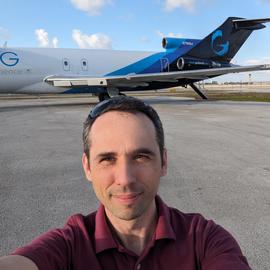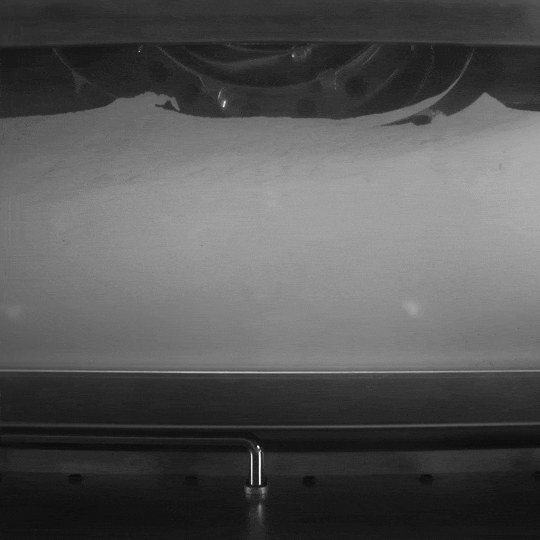Terramechanics is the study of how machines (vehicles, tools, robots) interact with soil and other terrain. Our key motivating application is planetary/Lunar rovers, but we also conduct investigations with broader applicability to off-road driving as well as excavation. Our research involves significant experimentation, and we develop and refine experimental techniques including visual soil tracking and single-wheel testing.
Daca A*, Forough Nassiraei A, Skonieczny K. (2022). Comparison of wheel load application methods in single-wheel testbeds. Journal of Terramechanics. 99: 35-55.
Kovacs L, Ghotbi B, Gonzalez F, Niksirat P*, Skonieczny K, Kovecses J. (2020). Effect of gravity in wheel/terrain interaction models. Journal of Field Robotics. 37(5): 754-767.
Skonieczny K, Moreland S, Asnani V, Creager C, Inotsume H, Wettergreen D. (2014). Visualizing and analyzing machine-soil interactions using computer vision. Journal of Field Robotics. 31(5): 820-836.
Demishkevich A*, Skonieczny K (2024). Estimating Rover Slope Climbing Ability from Single Wheel Experiments. International Conference on Space Robotics (iSpaRo). Luxembourg, Luxembourg.

Concordia University's Aerospace Robotics Lab
Research interests include: Space robotics, Planetary rovers, Robot mobility, Vehicle-terrain interactions, Advanced 3D printing techniques, Robotics excavation & construction, Reduced gravity experimentation, Computer vision and machine learning for robotics applications.
